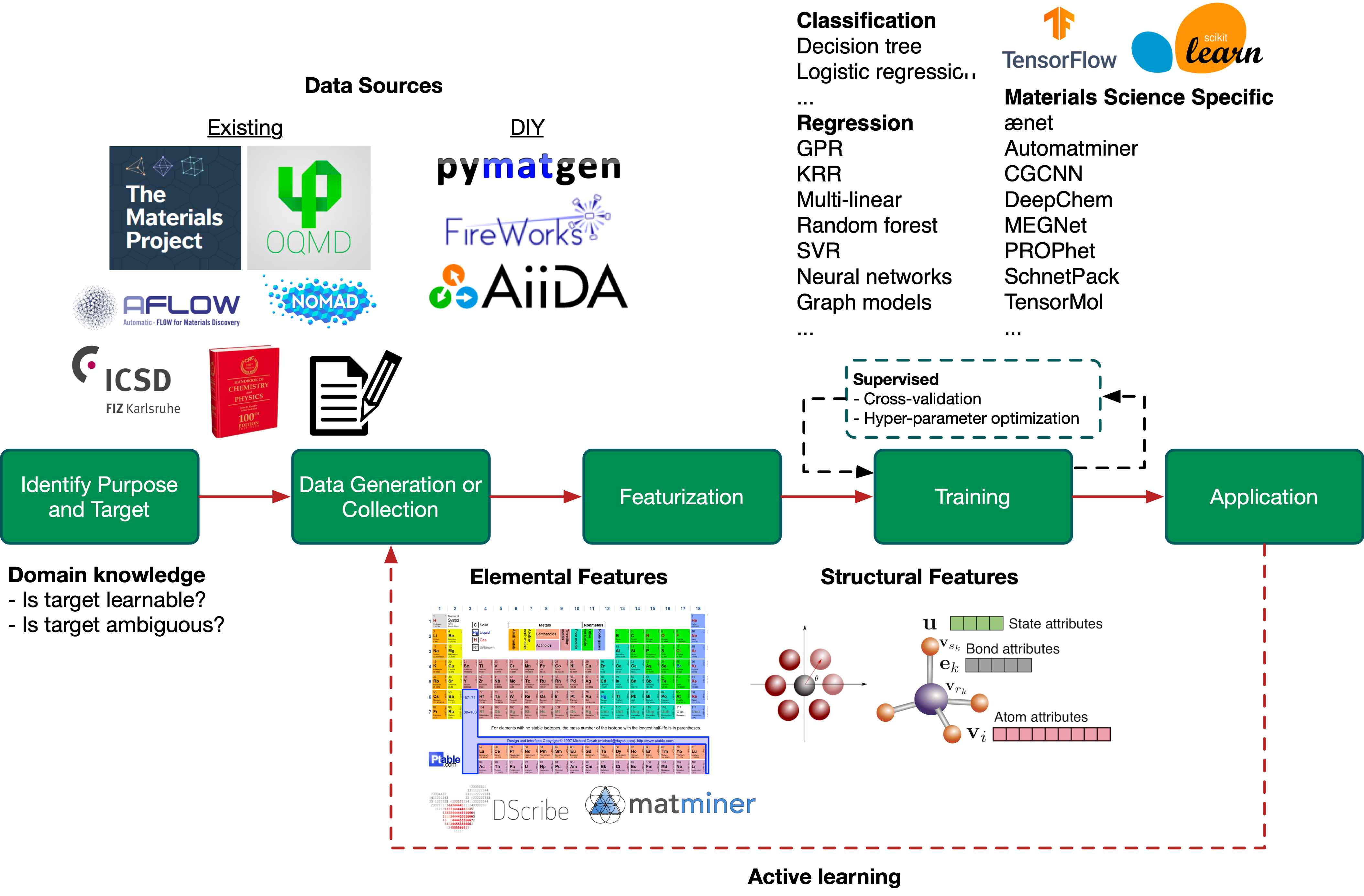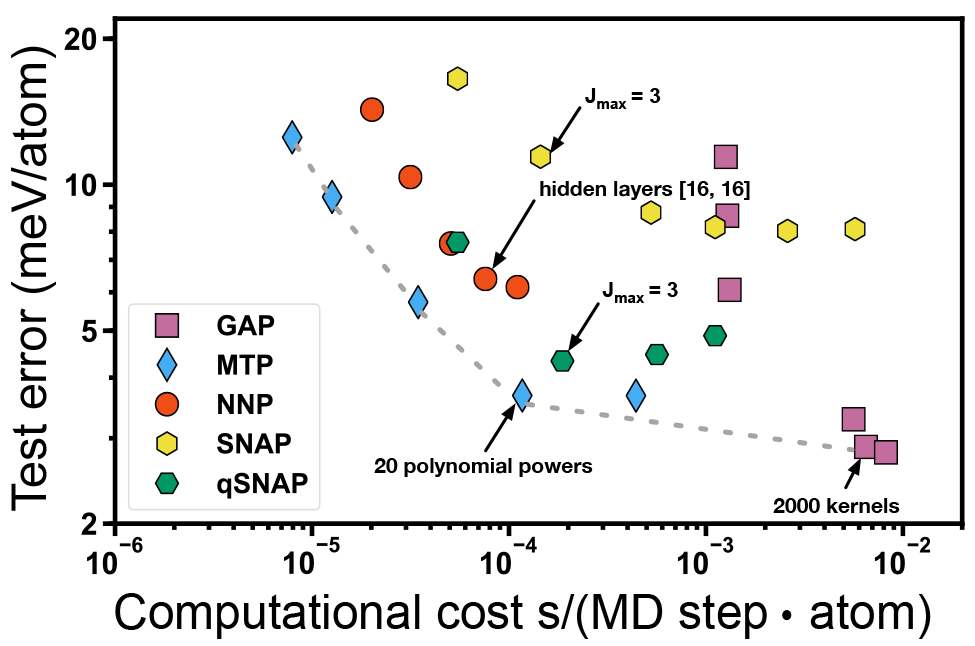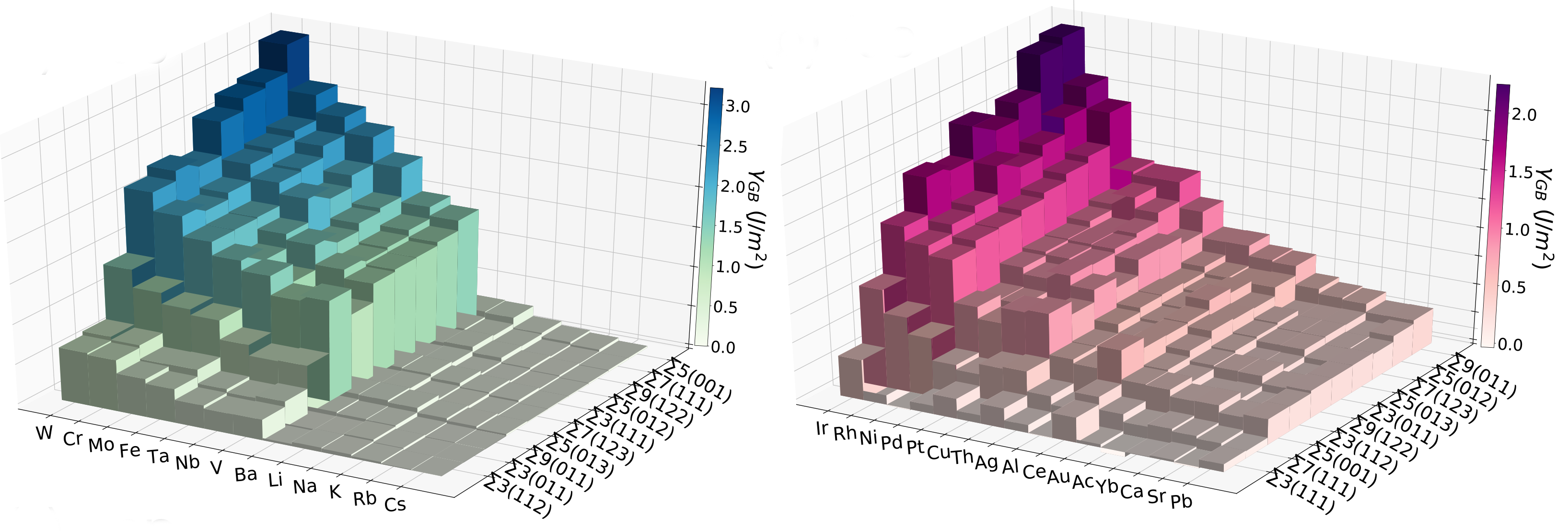Critical Review of ML in Energy Materials
Our critical review of the application of machine learning (ML) in Energy Materials led by Chi Chen is now out in Advanced Energy Materials. With its ability to solve complex tasks autonomously, ML is being exploited as a radically new way to help find material correlations, understand materials chemistry, and accelerate the discovery of materials. In this work, we provide a conceptual framework for ML in materials science, with a broad overview of different ML techniques as well as best practices. This is followed by a critical discussion of how ML is applied in energy materials, including rechargeable alkali-ion batteries, photovoltaics, catalysts, thermoelectrics, piezoelectrics, and superconductors. We conclude the work with our perspectives on major challenges and opportunities in this exciting field. Check out the work here.



